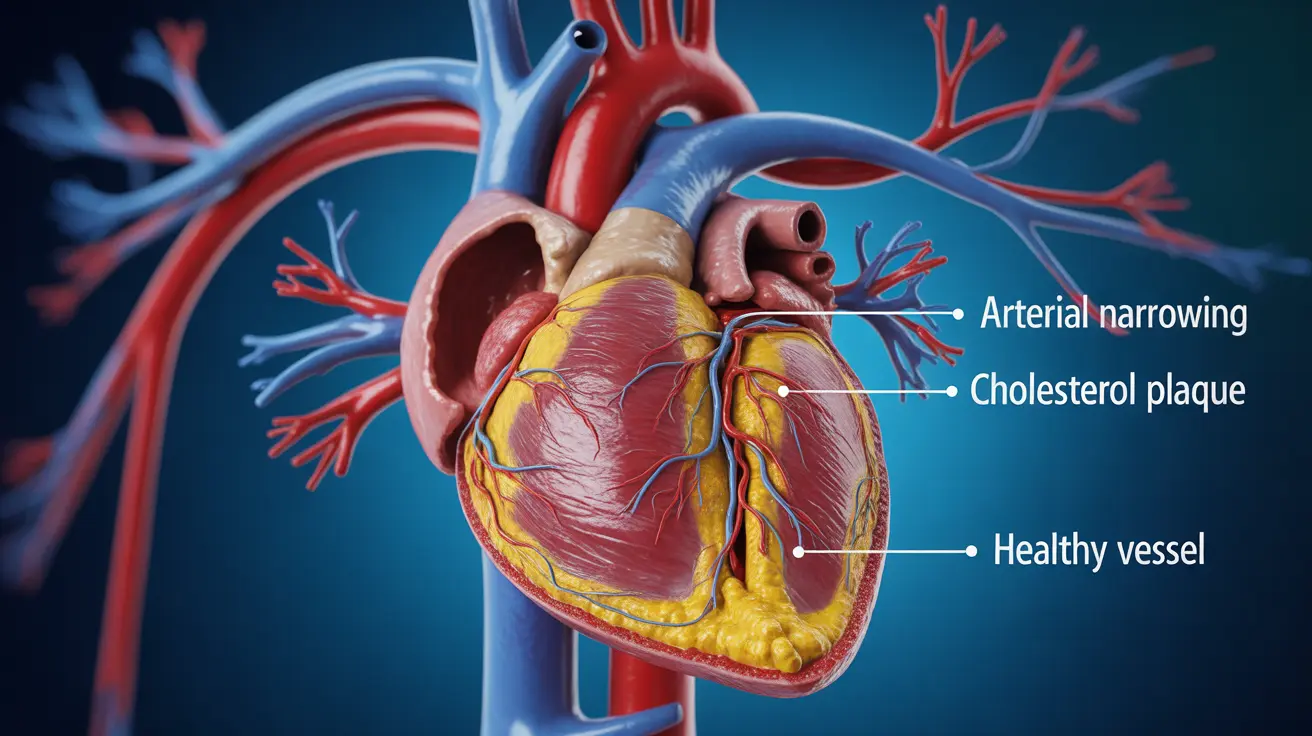Decreased cardiac output is a serious cardiovascular condition where the heart fails to pump enough blood to meet the body's needs. This condition can significantly impact overall health and quality of life, making early recognition and proper management crucial for better outcomes.
Understanding the signs, causes, and available treatments for decreased cardiac output can help individuals seek timely medical attention and work effectively with healthcare providers to manage their condition.
What is Decreased Cardiac Output?
Decreased cardiac output occurs when the heart's ability to pump blood becomes compromised, resulting in reduced blood flow throughout the body. This condition can develop gradually or suddenly, depending on the underlying cause, and may lead to various complications if left untreated.
Common Signs and Symptoms
Recognizing the symptoms of decreased cardiac output is essential for early intervention. Common indicators include:
- Fatigue and weakness
- Shortness of breath, especially during physical activity
- Dizziness or lightheadedness
- Confusion or difficulty concentrating
- Cold, clammy skin
- Rapid or irregular heartbeat
- Decreased urine output
- Swelling in the legs and ankles
Underlying Causes and Risk Factors
Several conditions and factors can contribute to decreased cardiac output:
Heart-Related Causes
- Heart failure
- Heart attack
- Valve disorders
- Arrhythmias
- Cardiomyopathy
Other Contributing Factors
- Severe infections
- Major blood loss
- Dehydration
- Certain medications
- Pulmonary embolism
Diagnosis and Assessment
Healthcare providers use various methods to diagnose decreased cardiac output and determine its severity:
- Physical examination
- Blood tests
- Echocardiogram
- Cardiac catheterization
- Electrocardiogram (ECG)
- Chest X-rays
- Cardiac MRI
Treatment Approaches
Treatment for decreased cardiac output typically involves addressing the underlying cause while managing symptoms. Common interventions include:
Medical Management
- Medications to improve heart function
- Diuretics to reduce fluid retention
- Blood pressure medications
- Anti-arrhythmic drugs
- Blood thinners when necessary
Lifestyle Modifications
- Regular monitored exercise
- Dietary changes
- Stress reduction
- Smoking cessation
- Limited alcohol consumption
Advanced Treatments
In severe cases, more intensive interventions may be necessary:
- Cardiac device implantation
- Heart valve repair or replacement
- Coronary artery bypass surgery
- Heart transplantation in extreme cases
Prevention and Monitoring
Taking proactive steps can help prevent or minimize the risk of decreased cardiac output:
- Regular cardiovascular check-ups
- Blood pressure monitoring
- Maintaining a healthy weight
- Regular physical activity
- Heart-healthy diet
- Stress management
Frequently Asked Questions
What are the common symptoms that indicate decreased cardiac output? Common symptoms include fatigue, shortness of breath, dizziness, confusion, cold skin, rapid heartbeat, decreased urination, and swelling in the extremities.
What conditions or heart problems can cause decreased cardiac output? Decreased cardiac output can be caused by heart failure, heart attack, valve disorders, arrhythmias, cardiomyopathy, severe infections, major blood loss, dehydration, and certain medications.
How is decreased cardiac output diagnosed by healthcare professionals? Healthcare professionals diagnose decreased cardiac output through physical examination, blood tests, echocardiogram, cardiac catheterization, ECG, chest X-rays, and cardiac MRI.
What treatment options are available to manage decreased cardiac output? Treatment options include medications to improve heart function, lifestyle modifications, dietary changes, and in severe cases, surgical interventions or device implantation.
How can decreased cardiac output after heart surgery be prevented or detected early? Prevention and early detection after heart surgery involve close monitoring of vital signs, regular assessment of symptoms, following post-operative care instructions, and maintaining proper medication schedules. Early mobility and cardiac rehabilitation programs also play crucial roles in recovery.




